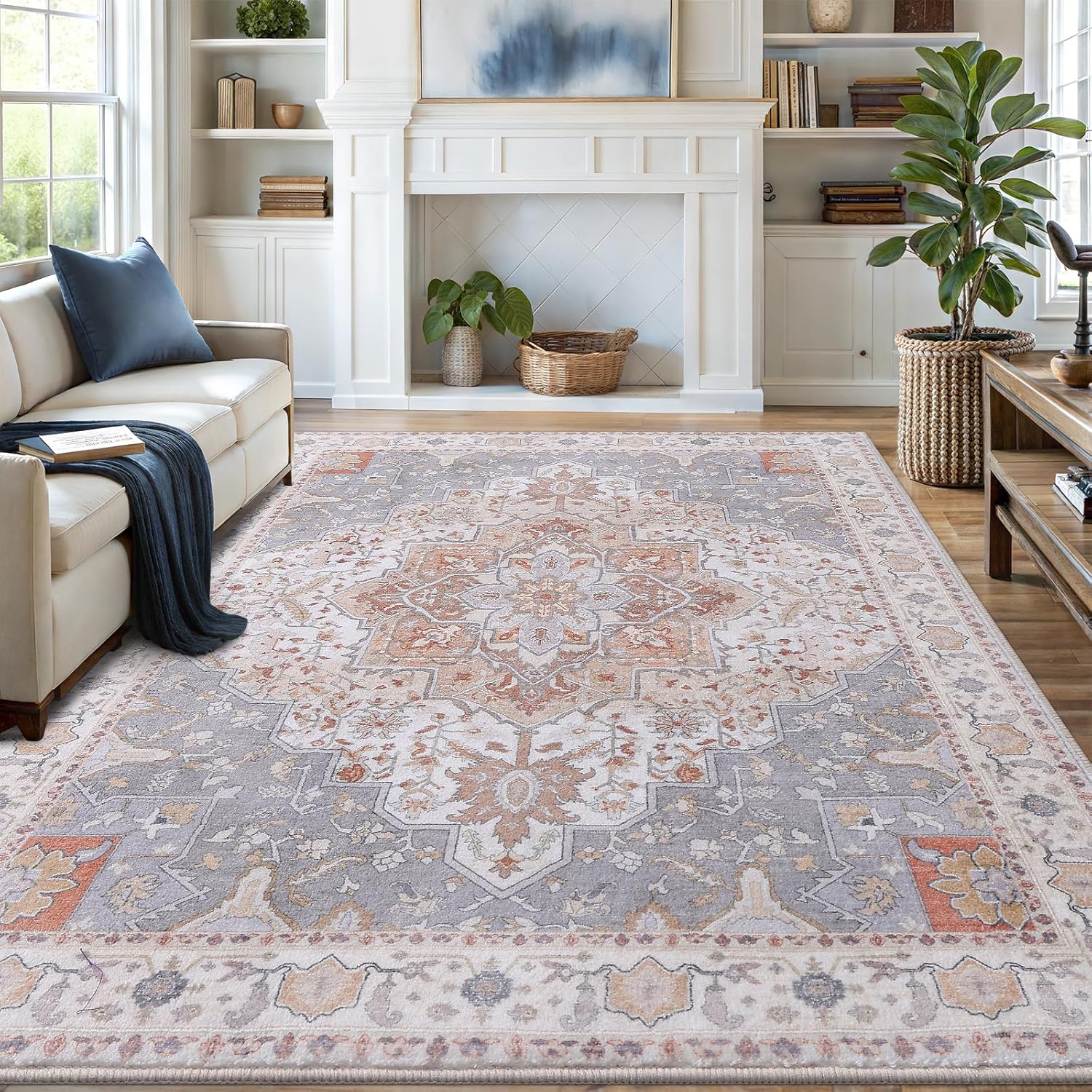To clean a velvet sofa, gently vacuum it, spot clean stains with a mild detergent and water solution, and use a soft brush to restore its texture.
Velvet sofas add luxury to any room, but keeping them clean requires special care. Unlike regular upholstery, velvet’s dense pile traps dirt and shows stains easily. Follow these expert techniques to maintain your velvet sofa’s beauty without professional cleaning.

Daily Velvet Sofa Maintenance
Proper Vacuuming Technique
Use a handheld vacuum with a soft brush attachment weekly. Start at the top and work downward with overlapping strokes. Always vacuum in the direction of the nap (the fabric’s natural grain).
For pet hair removal, try lightly spraying rubber gloves with hairspray and gliding your hands over the surface. The sticky texture grabs hair without damaging fibers.
Immediate Spill Response
Blot liquids immediately with white cloths or paper towels. Never rub – this pushes stains deeper. For solids, lift with a dull knife edge. According to textile experts at Real Simple, quick action prevents 90% of permanent stains.

Deep Cleaning Methods
The Steam Cleaning Method
- Use a handheld steamer on low heat setting
- Hold 6 inches from fabric surface
- Work in 12″x12″ sections
- Blot immediately with dry microfiber
Suds Cleaning Technique
Mix 2 cups warm water with 1/2 tsp mild dish soap. Whisk to create foam. Dip a microfiber cloth in foam only (no excess water). Gently rub in circular motions, rinsing frequently with clean water.
Stain Removal Solutions
| Stain Type | Treatment |
|---|---|
| Oil/Grease | Cover with cornstarch for 24 hours |
| Wine | Blot, then apply baking soda paste |
| Ink | Use rubbing alcohol on cotton swab |
Restoring Crushed Pile
Steam the affected area, then gently brush against the nap direction with your hand. For stubborn spots, use a soft bristle upholstery brush designed for delicate fabrics.
Professional Care Tips
Schedule professional cleaning every 12-18 months. Experts use dry cleaning solvents that won’t crush the pile. For homes with pets or kids, consider protective treatments that repel stains.
Avoid direct sunlight which fades colors. The Smithsonian textile conservators recommend rotating cushions monthly for even wear. For severe stains, consult a specialist – improper home treatments can permanently damage velvet’s delicate fibers.

